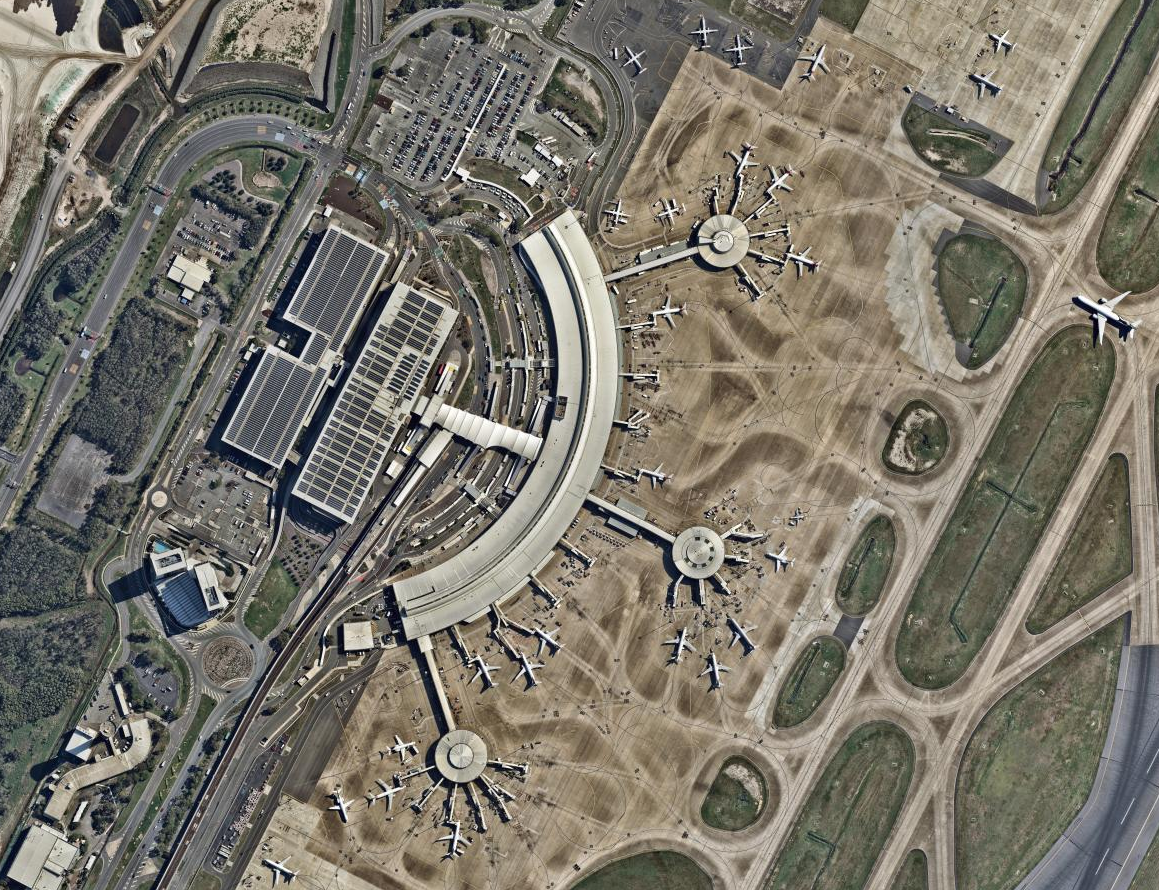With airports around the world looking for ways to reduce their carbon footprint, Gold Coast Airport will seek to beef up its environmental performance in order to keep funding costs down in a sustainability-linked financing deal inked with Commonwealth Bank (CBA) and Westpac. The $100 million loans, which will see interest rates fluctuate depending on whether the airport is able to meet emissions targets or not, will be used for redevelopment and terminal expansion.
A sustainability-linked loan (SLL) ties a borrower’s cost of funding to a borrower’s ESG (Environmental, Social and Governance) rating or other sustainability metrics. Similar to green bonds, SLLs stand for a responsible way of investing offering opportunities to banks to park their capital with an eye on environmental sustainability.
The sustainable debt market has been going from strength to strength over the last couple of years. According to BNEF, issuance of sustainable debt products surged 26% to a record $247 billion last year as green bonds issuance amounted to $182.2 billion, whereas one new product – SLLs – reached $36.4 billion. Namely, growth in green bonds drastically slowed to 5% in 2018 YoY compared to 68% in 2017, while SLLs surged 677%.
In Australia, a massive syndicated multi-bank SLL was approved to Sydney Airport in the amount of $1.4 billion in May. Previously, Adelaide Airport secured a $50 million SLL from ANZ in December. The loan to Queensland Airports Limited (QAL), operator of Gold Coast Airport, includes $75 million coming from CBA and the rest from Westpac, and represents a considerable step towards strengthening the airport’s performance in the area of ESG.
“ESG is an area QAL is increasingly focused on, and we have already delivered several sustainability projects across our airports in the past few years,” QAL CFO Amelia Evans said, adding that some of these projects include replacing lighting with LED, upgrading air-conditioning units and replacing energy efficient drive motors within the baggage handling system.
“At our other ports, we installed 820 solar panels on car park shade structures at Mount Isa Airport, reduced electricity consumption by 17 per cent with a series of building management system upgrades in Townsville, and solar power roof installations have offset about 95 per cent of Longreach airport’s daytime electricity usage,” she said.
The SLLs are based on carbon reduction and accreditation through the Airports Council International program, global standard for carbon management at airports launched in 2009. With the current participation figure standing at 275 accredited airports worldwide, the program has seen unprecedented growth in all world regions over the past year. From May 2017 to May 2018, accredited airports succeeded in collectively reducing the CO2 emissions under their direct control by 347,026 tonnes.
This content is protected by copyright and may not be reused. If you want to cooperate with us and would like to reuse some of our content, please contact: editors@pv-magazine.com.









By submitting this form you agree to pv magazine using your data for the purposes of publishing your comment.
Your personal data will only be disclosed or otherwise transmitted to third parties for the purposes of spam filtering or if this is necessary for technical maintenance of the website. Any other transfer to third parties will not take place unless this is justified on the basis of applicable data protection regulations or if pv magazine is legally obliged to do so.
You may revoke this consent at any time with effect for the future, in which case your personal data will be deleted immediately. Otherwise, your data will be deleted if pv magazine has processed your request or the purpose of data storage is fulfilled.
Further information on data privacy can be found in our Data Protection Policy.